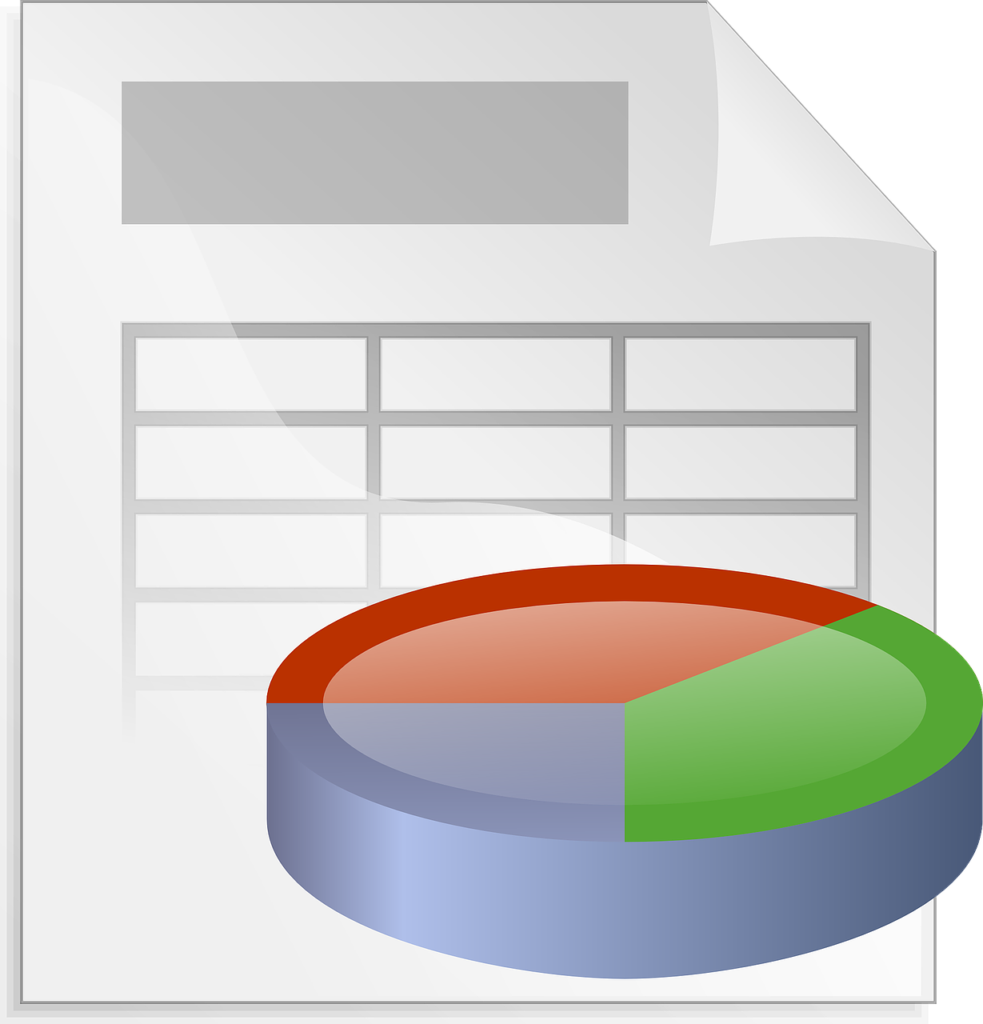Automatic Payments – Blessing Or Curse?
That title may be a bit hyperbolic – Automatic Bill Payments can be a huge time saver, and do help make sure your bills get paid on time (avoiding late fees and general headaches). This does come at a price, though – when your bills are automatically paid, you may not always have a receipt on hand, or realize exactly when the payment processes.
This can wreak havoc on your planning processes and account reconciliations, and can be especially dangerous if you generally rely on your online bank balance to decide whether or not you have enough cash for a particular purchase.
If you have automatic bill payments set up for your rent, cell phone bill, credit card, and internet access, it is very important to know exactly when each of these bills is paid to get an accurate measure of how much surplus you have left in the month. This might be obvious for a rent bill that accounts for 20% of your monthly spending, but much less obvious for smaller cell phone bills or automatic savings withdraws.
The most common problems people have with automatic payments is when one processes late, or forgetting about one of them and making a purchase that sets you over your spending limits. If you already have a savings cushion, this might not be a problem, but bigger purchases can end up with your payments overdrawn or bounced checks. This can rack up banking fees very quickly, making the problem even worse than it was to start with.
Automatic Payments and the Importance of Budgeting
This is where your budget comes in. If you take time to update your budget regularly, you should have a very good idea of what your expected surplus is at the end of the month after all your automatic bill payments are processed.
This means that instead of relying on checking your bank balance before making a purchase or going out, you can just think about how your current spending decision fits into the budget or spending plan you already have laid out. If you know how much surplus you expected, and approximately how much your current spending has lined up with your plan, it makes it much easier to decide if a potential purchase fits into your plan or not.
Account Reconciliation

The rise of automatic payments means that the exercise of reconciling your accounts, or evaluating how much you’ve spent versus how much you expected to spend, takes on much greater importance. Click here to read more about account reconciliation!
The “Best Practice” is to do your account reconciliation and updating your budget/spending plan once per month, at the same time. This means that you can directly evaluate your spending habits and your financial goals, but to do this you absolutely must have an accurate picture of your account balances and spending when you sit down to do it.
This means that any expected automatic payments that have not yet executed need to be taken into account. With the rest of your account reconciliation, you are just comparing your receipts of purchases already made to what your bank transaction history tells you. If you use automatic payments, you need to add an extra step in confirming that each of your expected automatic payments from each month has also been processed. If not, you can make the adjustment yourself in your spreadsheet, but letting it go forgotten can seriously hurt your ability to make solid plans for the future.


